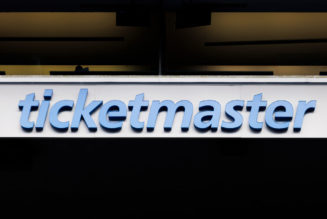Columnists
Addressing corruption risks in construction beyond tendering
Tuesday April 11 2023
Corruption is expected to gain more prominence as one of the elements that entities are expected to disclose under the governance pillar of Environmental, Social, and Governance (ESG) reporting.
Additionally, the importance, size and scale of some of the infrastructure projects planned in the Eastern Africa region will have significant impact on the environmental and social pillars of ESG.
This is because large infrastructure projects will affect communities e.g., where they lead to displacements or encroach on national parks.
Infrastructure projects are complex, especially those delivered under the public-private partnership (PPP) model.
The complexity, size and multiplicity of partners, coupled with the uncertainties that come with large projects means that they will be expensive. It also means that they are hard to price.
Projects that are plagued by corruption at inception are more likely to suffer from further cost escalations during the construction phase.
This is because the persons involved with the projects are either already compromised or not motivated to keep costs in check. They are also more likely to be poorly designed.
Corruption at the conceptualisation and planning phase takes many forms. Some will only involve the buy side, like designing and approving white elephant projects, or overstating budgets to factor in future kickbacks, or exorbitant valuations of land.
Others will involve both the buyer and the preferred suppliers, such as providing information or requirements selectively and including features that can only be met by the favoured supplier are introduced to justify single sourcing.
Some schemes will only involve the supply side for instance where contractors present unsolicited proposals that are hard to understand or compromise the results of feasibility studies in cases where contractors undertake the studies.
Most efforts aimed at guarding against corruption in infrastructure have focused on the tendering process. Whereas enhanced procurement processes have helped, the concerns around corrupt or unethical dealings have persisted.
This is especially so for projects perceived to be over-priced. Corruption also affects projects after the procurement process where it manifests in poor quality delivery, unwarranted contract variations and scope extensions.
To avoid association with tainted projects, it is therefore imperative that one pays keen attention to how these projects are conceived and the processes leading to the tendering process.
One should be particularly careful if the project does not seem to make economic sense or where its benefits are billed as overly good.
Failure to do this may leave organisations having to grapple with poor ratings and adverse ESG reports. It is therefore increasingly important for companies to avoid association with tainted projects and for governments to ensure that projects are free of corruption, real or perceived, as this will help them attract partners.









